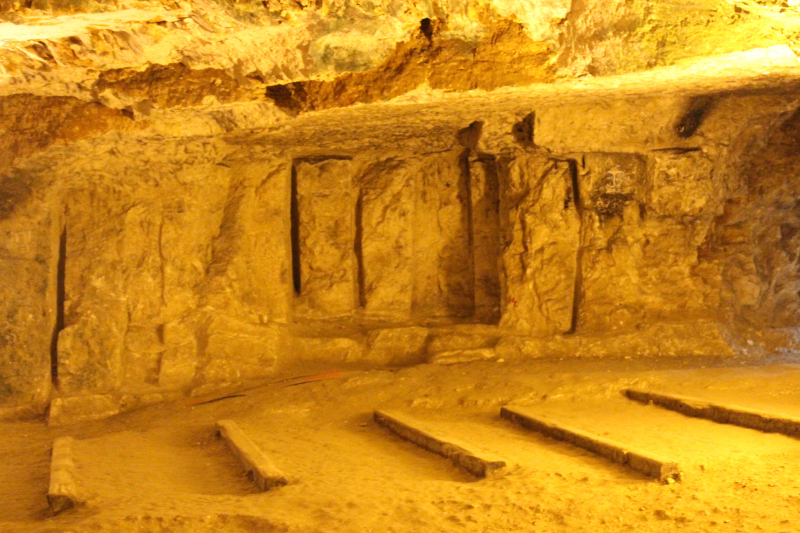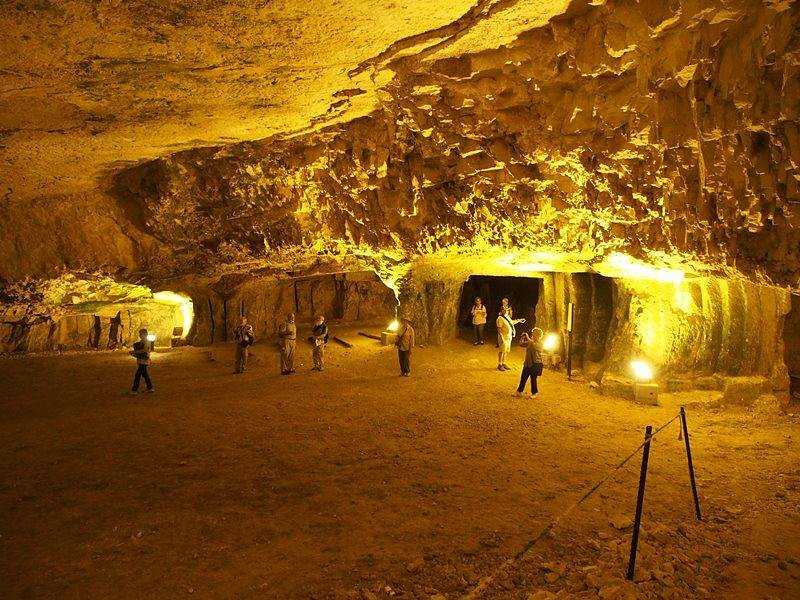Zedekiah's Cave

The 4th most beautiful caves in Israel, Zedekiah Cave, also known as Solomon's Quarries, is a 5-acre (20,000 m2) underground meleke limestone quarry in Jerusalem's Muslim Quarter, spanning 5 city blocks. It has been cut through for thousands of years and is the remains of Jerusalem's largest quarry, stretching from Jeremiah's Grotto and the Garden of the Tomb to the Old City walls. In Freemasonry, caves have an important historical significance.
The 300-foot-long subterranean room is totally man-made, having been hollowed down over generations. It is estimated that the overall area is roughly five acres. Herod the Great used this quarry for construction operations around 50 CE, notably the Second Temple and the Western Wall. During the 16th century, Suleiman the Magnificent had the cave sealed, fearing that enemies might exploit it to dig tunnels right into the center of Jerusalem.
The cave was sealed until 1854, when an American missionary named James Turner Barclay discovered the entrance after his dog ran through a small opening exposed by heavy rain. A German religious cult came into the grotto in the 1880s, but was forced out by Turkish and German authorities. The Freemasons were also attracted to the cave because they are related to King Solomon, who is thought to be the first Grand Master. In 1868, the Freemasons of Israel held their first ceremony in the cave, and the Freemasons of Israel now have an annual ritual there every year.
Location: Jerusalem






